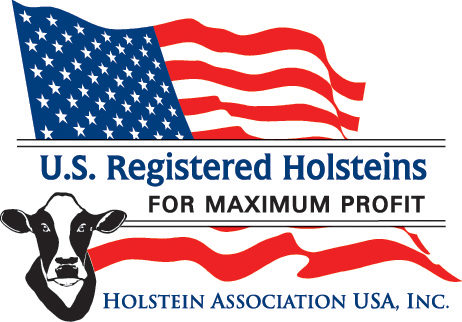Lower milk prices boosted Dean’s bottom line; September fluid milk minimum prices rise and August margins are improving.
Lower milk prices aid Dean’s bottom line
Sales volume and prices were down, contributing to an 8.2 percent quarterly revenue decline for Dean Foods, according to the company’s quarterly investor call. However, lower costs pushed profits higher.
Total sales volume across all Dean products was 632 million gallons for the second quarter of 2016, down 3.2 percent compared with the same quarter of 2015. The company expects total volumes to decline in the low single digits for the third quarter of 2016.
Based on USDA total U.S. fluid milk sales data, Dean’s share of U.S. fluid milk volumes for the second quarter of 2016 was 34.5 percent, down slightly from the previous year.
The second-quarter 2016 average Class I mover, a measure of Dean’s raw milk costs, was $13.53 per hundredweight (cwt), a 7 percent decline from the previous quarter and a 15 percent year-over-year decline. The third-quarter 2016 average Class I mover is forecast at $15 per cwt, up 11 percent on the quarter, but still 8 percent less than the same quarter in 2015.
Global Dairy Trade index jumps
The Global Dairy Trade (GDT) overall dairy product price index jumped 12.7 percent during the latest auction, held Aug. 16.
Prices for all products rose, led by: anhydrous milk fat (+8.4 percent, to $4,148 per metric ton); butter (+14.1 percent, to $3,274 per MT); butter milk powder (+18.1 percent, to $1,983 per MT); cheddar cheese (+8.9 percent, to $3,157 per MT); skim milk powder (+3 percent, to $2,028 per MT); and whole milk powder (+18.9 percent, to $2,695 per MT).
The next GDT auction is Sept. 6.
Class I base up again for September
The September federal milk marketing order (FMMO) Class I base price is $16.56 per cwt, up $1.49 from August and the highest since December 2015, but 22 cents less than September 2015.
Through the first nine months of 2016, the Class I base average is $14.37 per cwt, down $1.96 from the same period a year earlier.
FMMO Class I ($ per cwt)
September 2016 – $16.56
August 2016 – $15.07
September 2015 – $16.34
January-September 2016 – $14.37
January-September 2015 – $16.33
California Class 1 milk prices hit 9-month high
Here’s something we haven’t seen since December 2014: California's September 2016 Class 1 minimum milk prices are higher than the same month a year earlier.
September Class 1 North and South prices are up $1.75 per cwt from August 2016, and have gained $3.25 since July.
Through the first nine months of 2016, both remain about $1.87 per cwt less than the same period a year ago.
Class 1 North ($ per cwt)
September 2016 – $18.12
August 2016 – $16.37
September 2015 – $18.08
January-September 2016 – $15.78
January-September 2015 – $17.65
Class 1 South ($ per cwt)
September 2016 – $18.39
August 2016 – $16.64
September 2015 – $18.35
January-September 2016 – $16.05
January-September 2015 – $17.92
Source: California Department of Food and Agriculture
Dairy Margin Watch: August starts stronger
Dairy margins strengthened over the first half of August, with higher milk prices combining with relatively steady feed prices, according to the latest CIH Margin Watch report from Commodity & Ingredient Hedging LLC.
Projected margins are now well above the 80th percentile of the past 10 years, and close to the 90th percentile in both spot third quarter 2016 and deferred second quarter 2017.
USDA’s August World Ag Supply and Demand Estimates report was considered very bearish for the corn market, although the price response was different. In a shock to most industry observers, USDA sharply increased projections for both corn yield and production well above industry estimates. Despite the bearish implications, corn traded higher based on the assumption most of the recent price weakness had already discounted expectations for a larger crop. Spot cash prices are now below $3 per bushel in many locations.
In the August report, USDA also lowered the 2016 milk production forecast, but raised the 2017 milk production forecast, as higher expected milk prices and lower feed costs are anticipated to support modest herd expansion and greater milk per cow later this year and into 2017.
Visit the Margin Manager website. PD

-
Dave Natzke
- Editor
- Progressive Dairyman
- Email Dave Natzke







